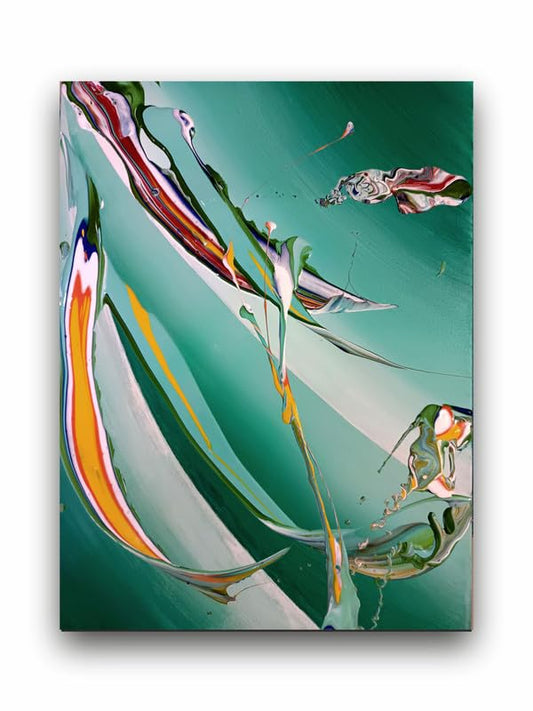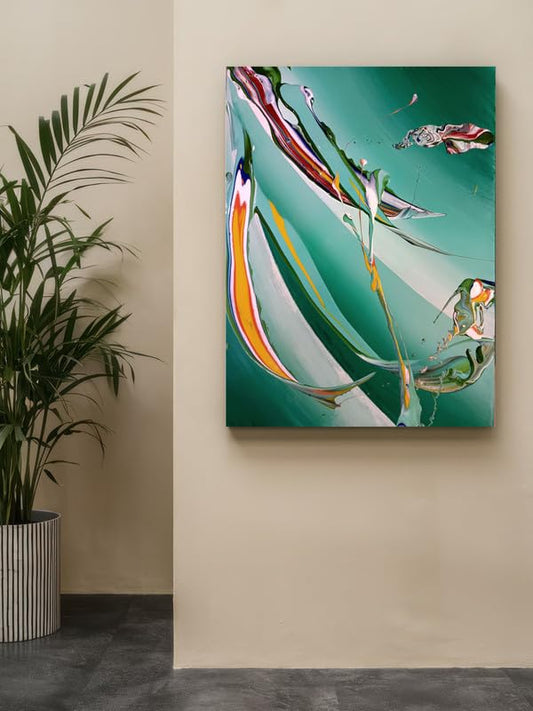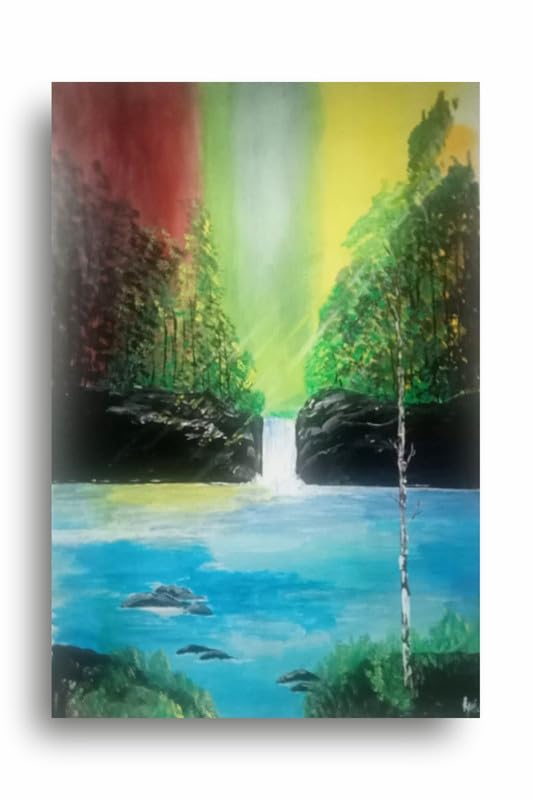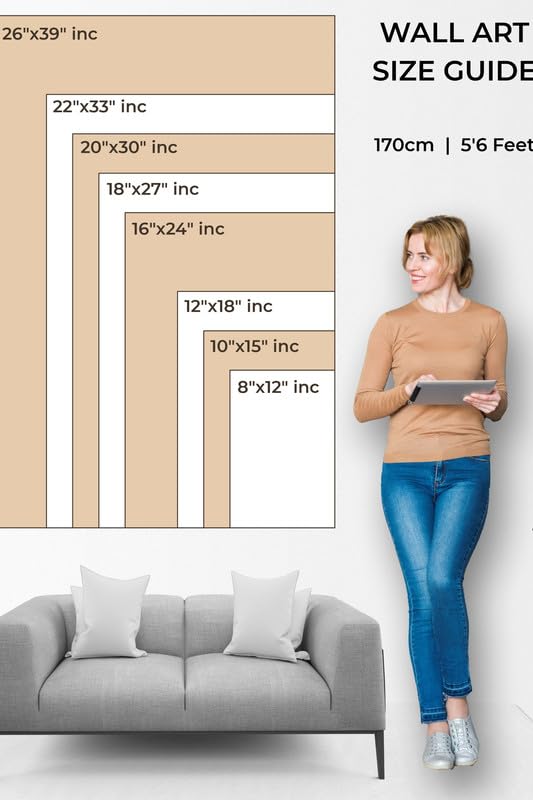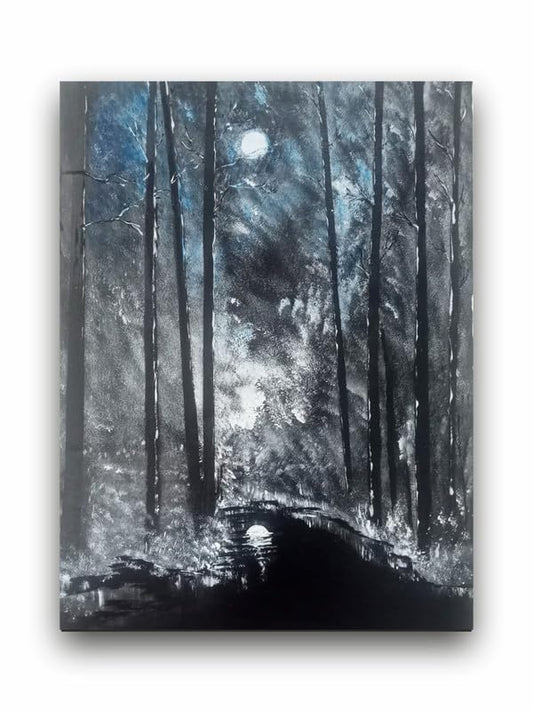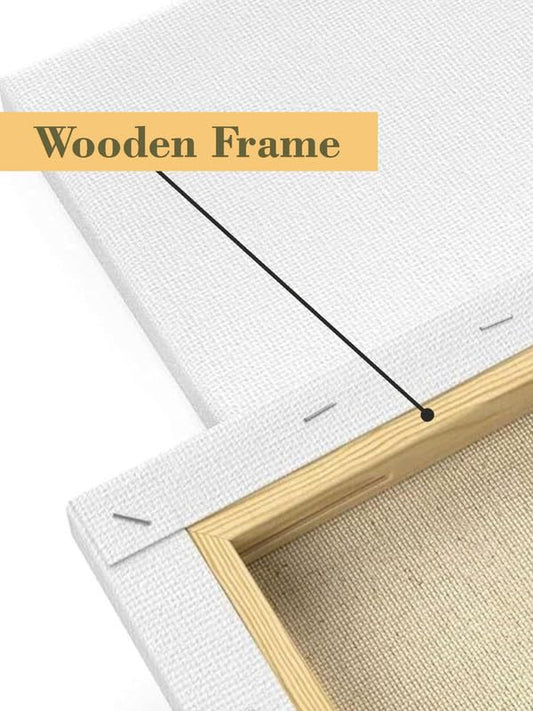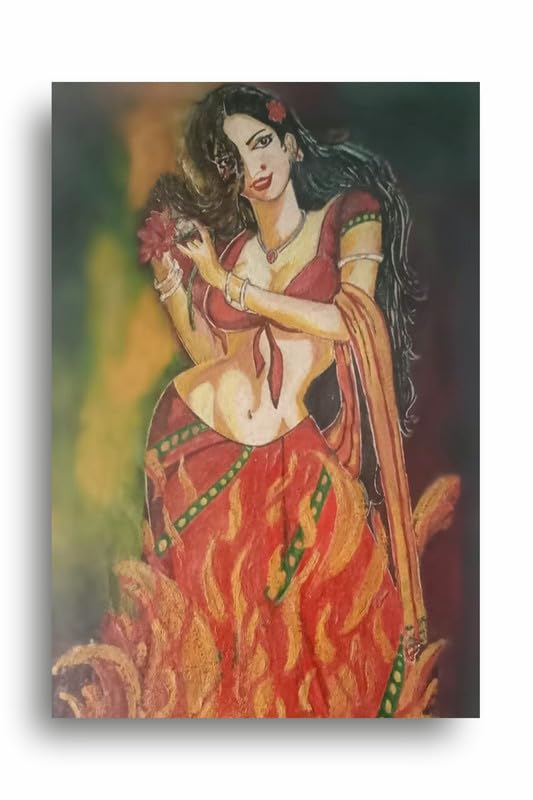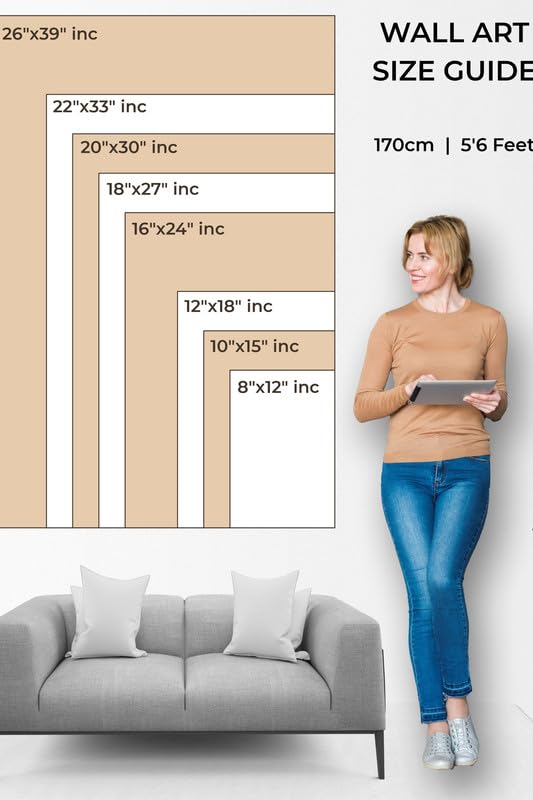
Exploring Abstract Art Through Cultural and Ethnic Lenses
Exploring Abstract Art Through Cultural and Ethnic Lenses
Because of its exclusion from realistic representation, abstract art invites a color, shape, or form of their imagination and interpretation. Certainly it is daring traditional artistic boundaries and by providing a vast, open-ended spectrum of expression at an individual's free will. Yet, while abstract art looks universal in abstraction, it persists severely in cultural and ethnic contexts, henceforth providing, through these lenses, a rich tapestry of meanings and insights.
The Roots of Abstract Art in Other Cultures
Long before the terms "abstract" would stick into our minds referring to 20th-century movements, abstract ideas had become part and parcel of art done by different cultures the world over. For instance, in Africa and Indigenous art patterns, forms, and symbols have always held significance. Abstract geometric forms tell stories, spiritual beliefs, and communal values in the intricate beadwork of the Maasai and in the Navajo textile patterns. These art forms, highly steeped in tradition, give a deep sense of connection to the land, ancestors, and the otherworldly worlds: they are a direct link between abstract expressionism and cultural heritage.
Moreover, in Islamic art, abstraction has always played a big role, not because people were encouraged to represent abstract concepts but because the human form was forbidden due to religious strictures. Intricate geometric patterns and arabesques and calligraphy ensued because of this, as abstraction serves as a description of the infinite and the divine. These motifs propel viewers into a meditation over the transcendent nature of the universe.
Abstract Art as a Bridge Between Cultures
Abstract art went mainstream during the 20th century with such movements as Abstract Expressionism and Cubism, but although Wassily Kandinsky and Jackson Pollock were abstract artists of international importance, they were significantly shaped by their personal cultural contexts: Kandinsky by the spiritualism of Russian Orthodox iconography, Pollock by Native American rituals and Southwestern landscapes.
Today, abstract art involves artists through a perspective often mixed in their own culture and ethnicity. For instance, abstract work from Asian artists can now draw on the traditional methods of their own cultures, such as Chinese calligraphy or Japanese sumi-e which is an ink wash technique, in the development of their abstract work. This mixing of forms of abstract with cultural symbols creates a visual dialogue between yesterday and today, between tradition and modernity.
Personal Interpretation and Cultural Identity
Abstract art is so open-ended it invites a personal perspective. If interpreted through a culture or ethnicity lens, then the matter of meaning becomes multi-layered. A piece of abstract art painted by a Hispanic artist may evoke the vibrancy of rhythm as a connection to one's musical, dancing, and celebratory roots. Or an abstract piece by an African artist might raise issues of community, nature, and ancestry-all issues close to a deep level of emotional identity.
In this sense, abstract art goes beyond mere explorations of forms and colors but rather celebrates identity and heritage. Even when viewed from cultural or ethnic perspectives, abstract art enables one not only to penetrate the inside of the artist's intent but also feel the content of human experience found in universal yet culturally specific forms.
Conclusion
Abstract art is a universal language by itself and transcends boundaries, but as a culture where ethnicity is part, it takes up a whole different proportion in its depth. Diverse traditions can be shown, individual identities explored, and individual stories link to collective histories. The more I learn about abstract art in this sense, the more I realize that it is about what is unseen, rather than seen. It is simply a deep cultural meaning and an emotional response in each of us.
Exploring Abstract Art Through Cultural and Ethnic Lenses

